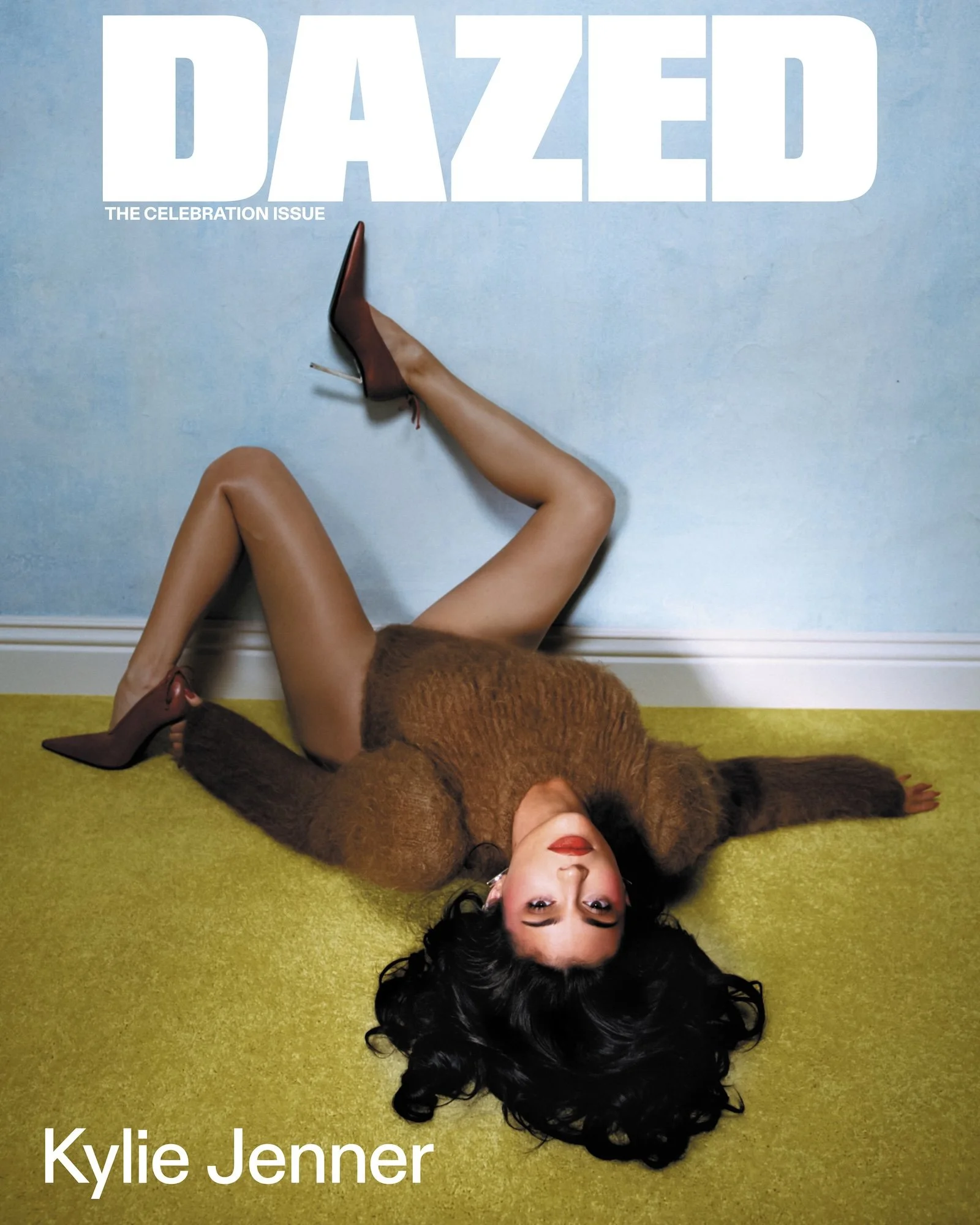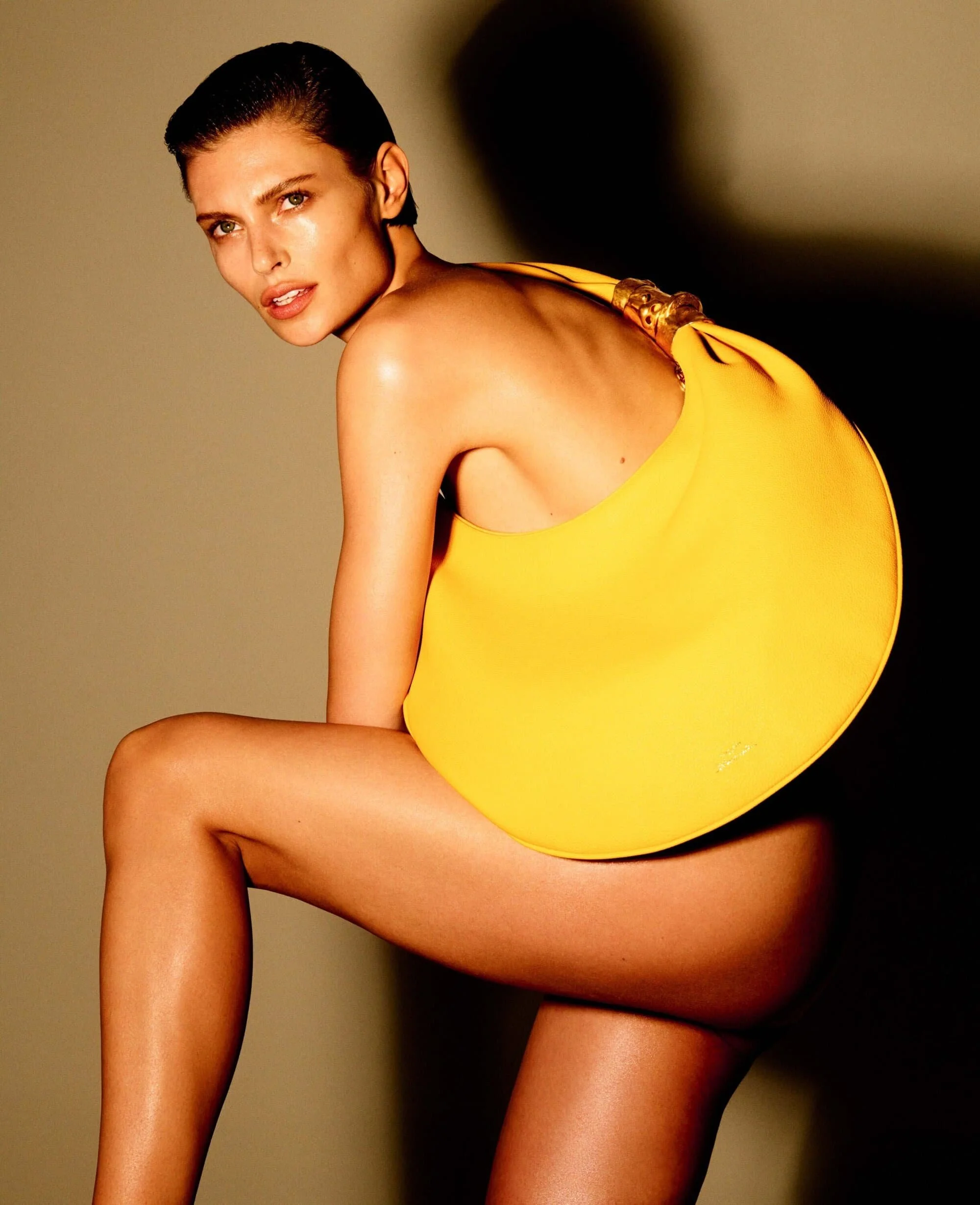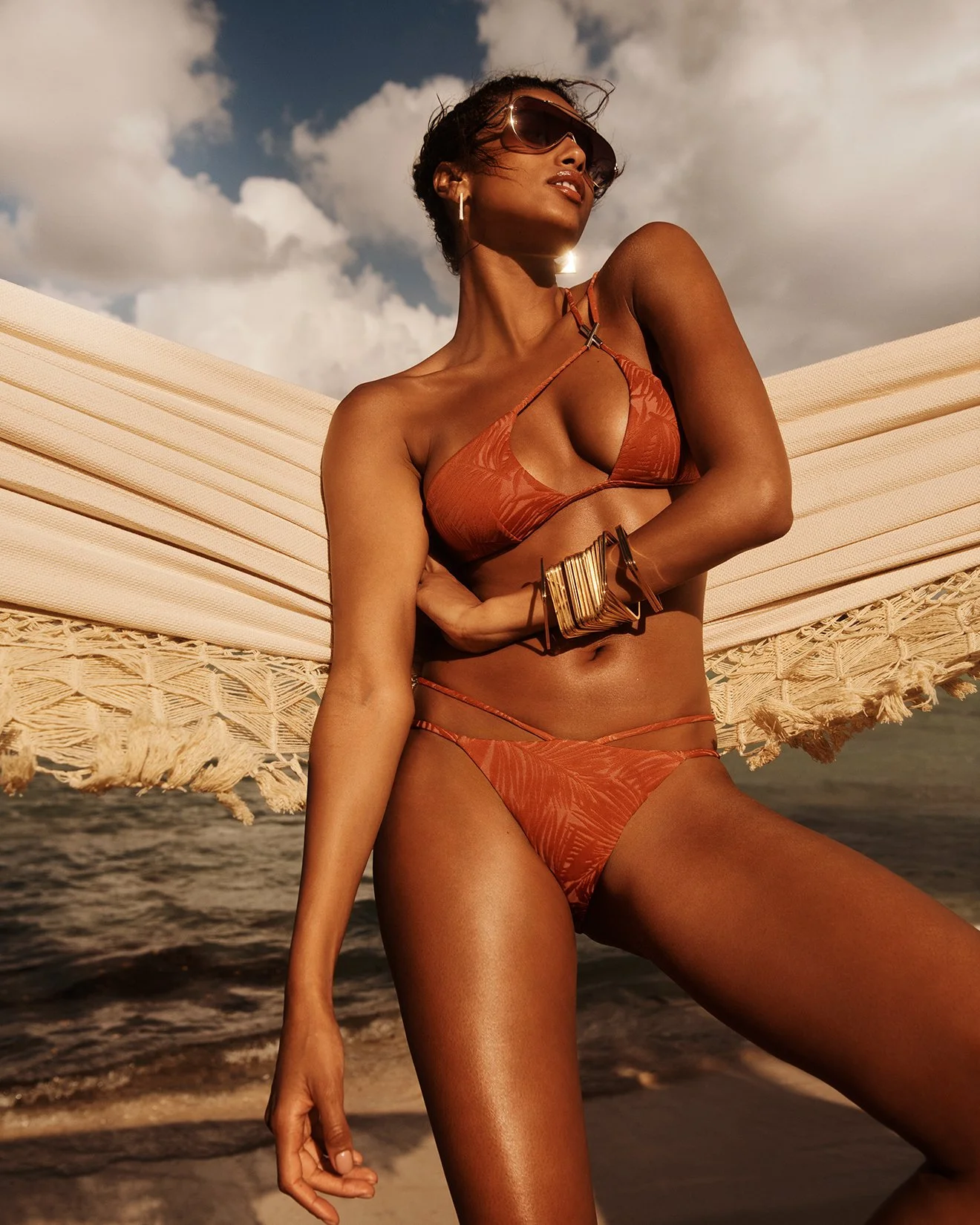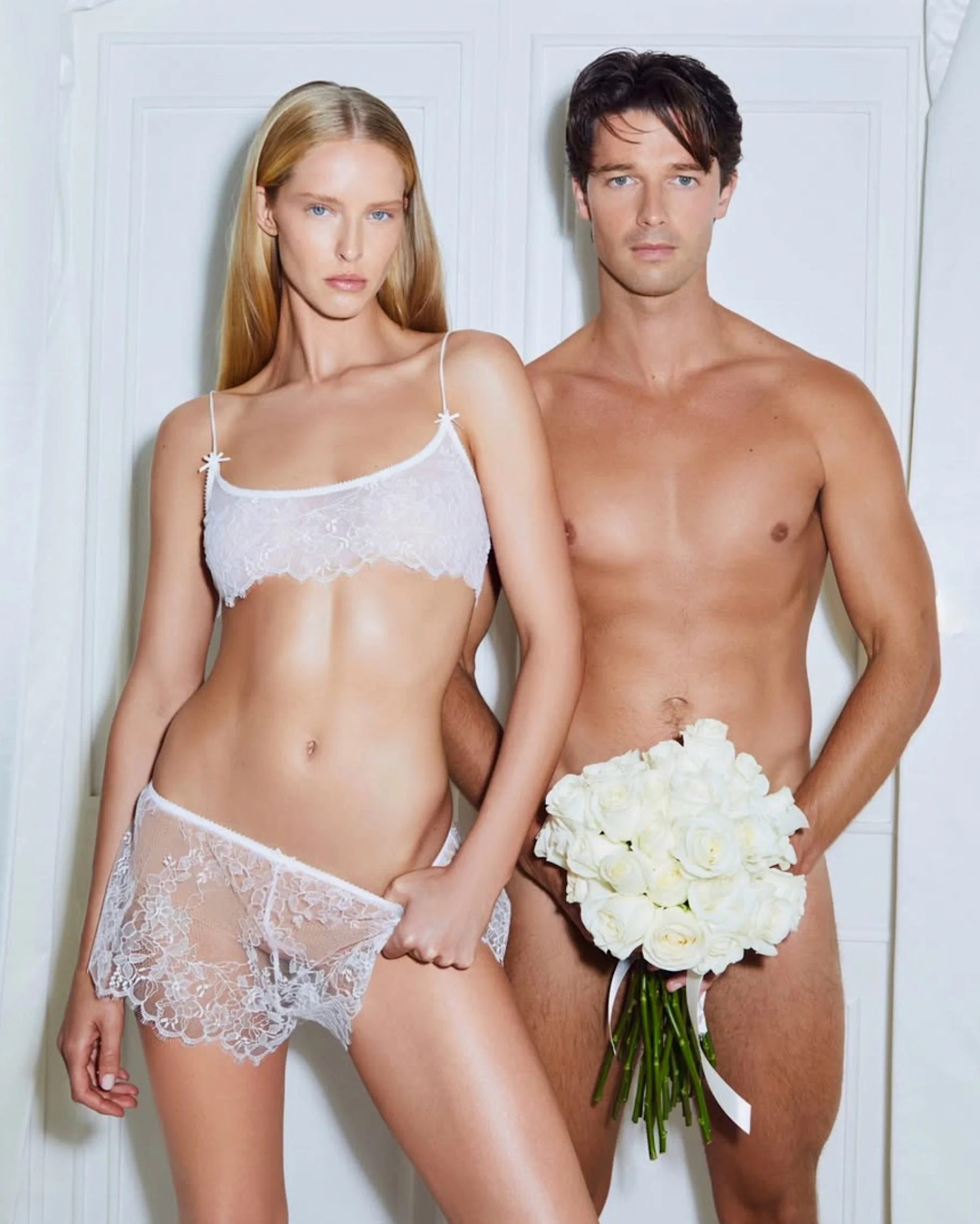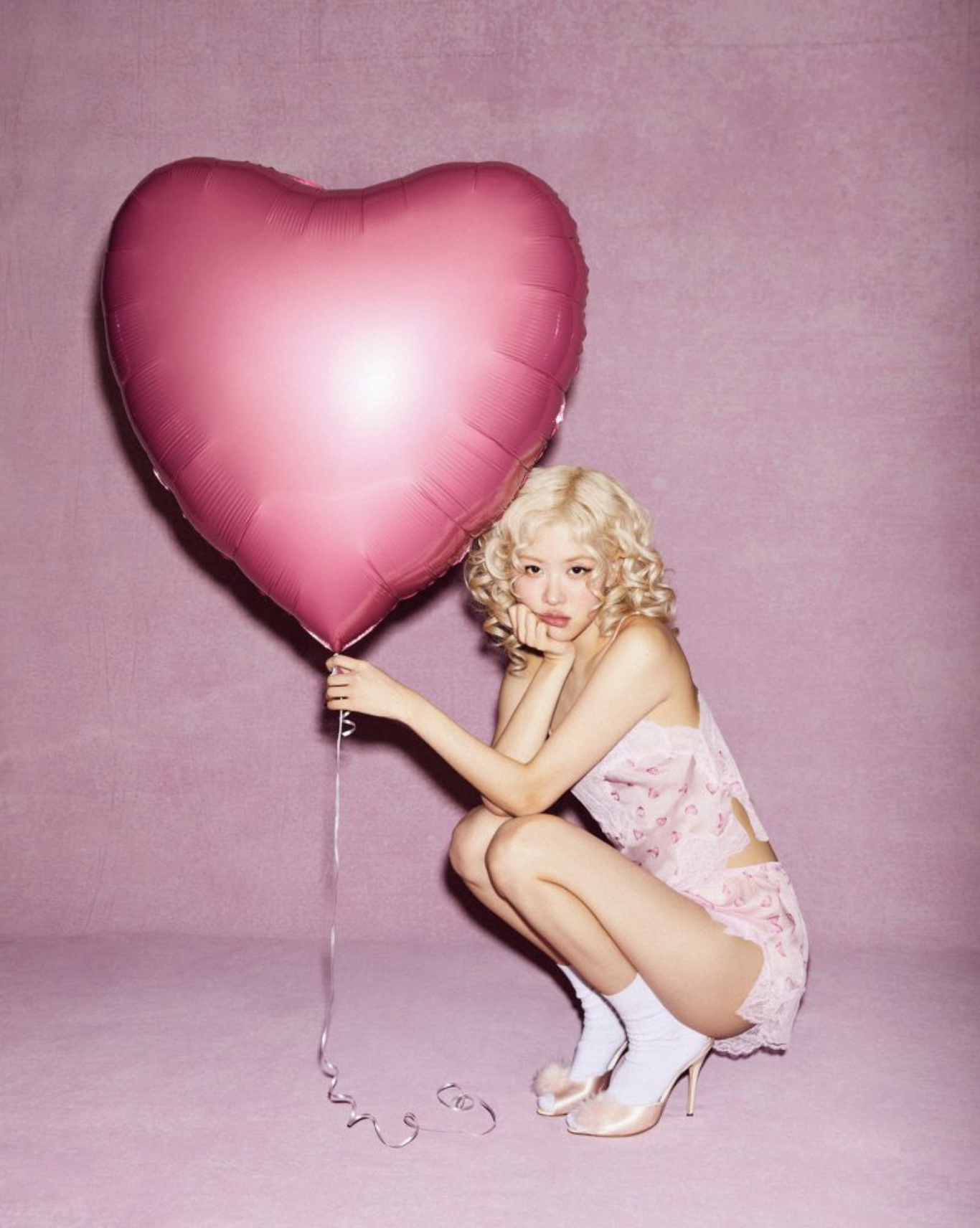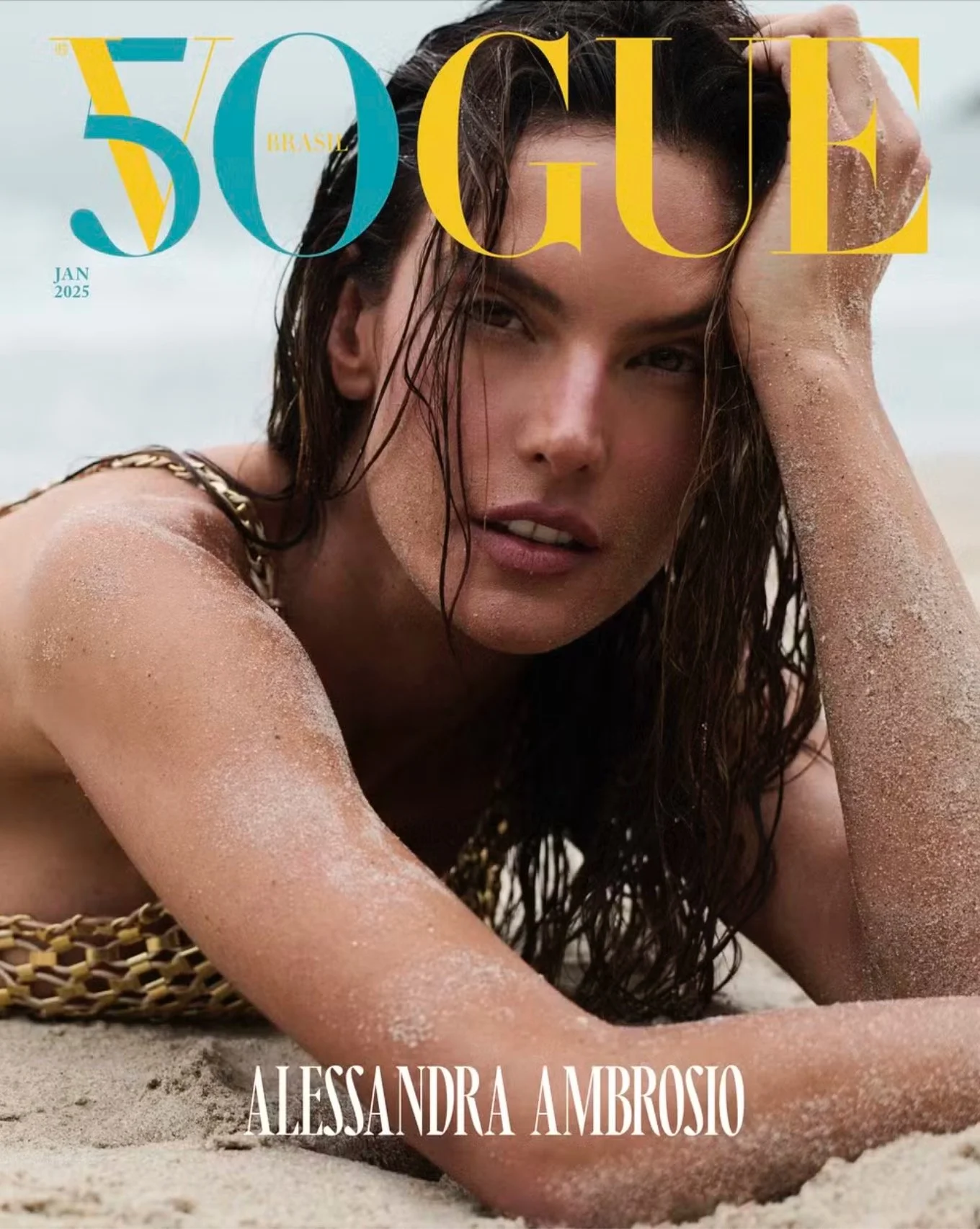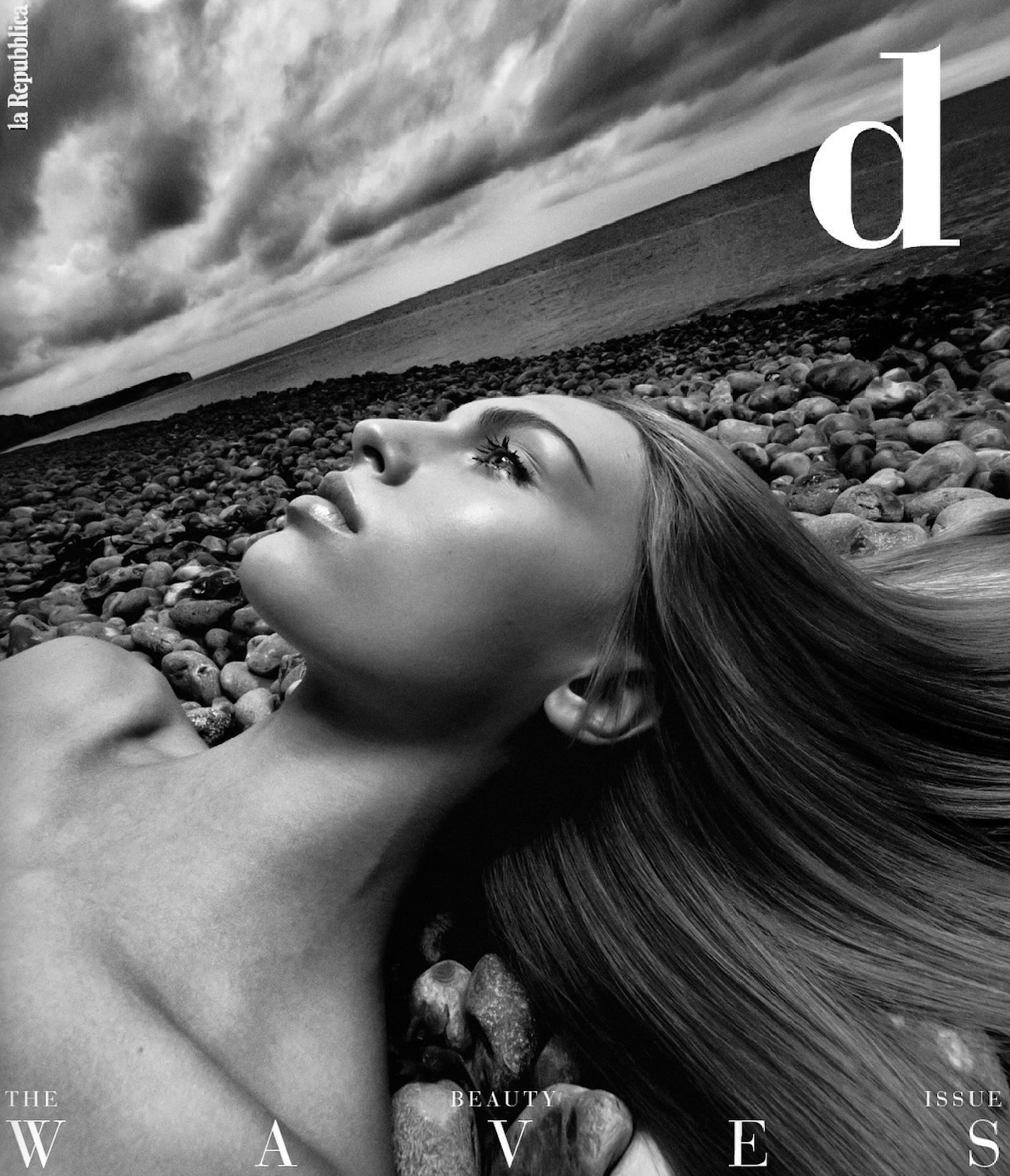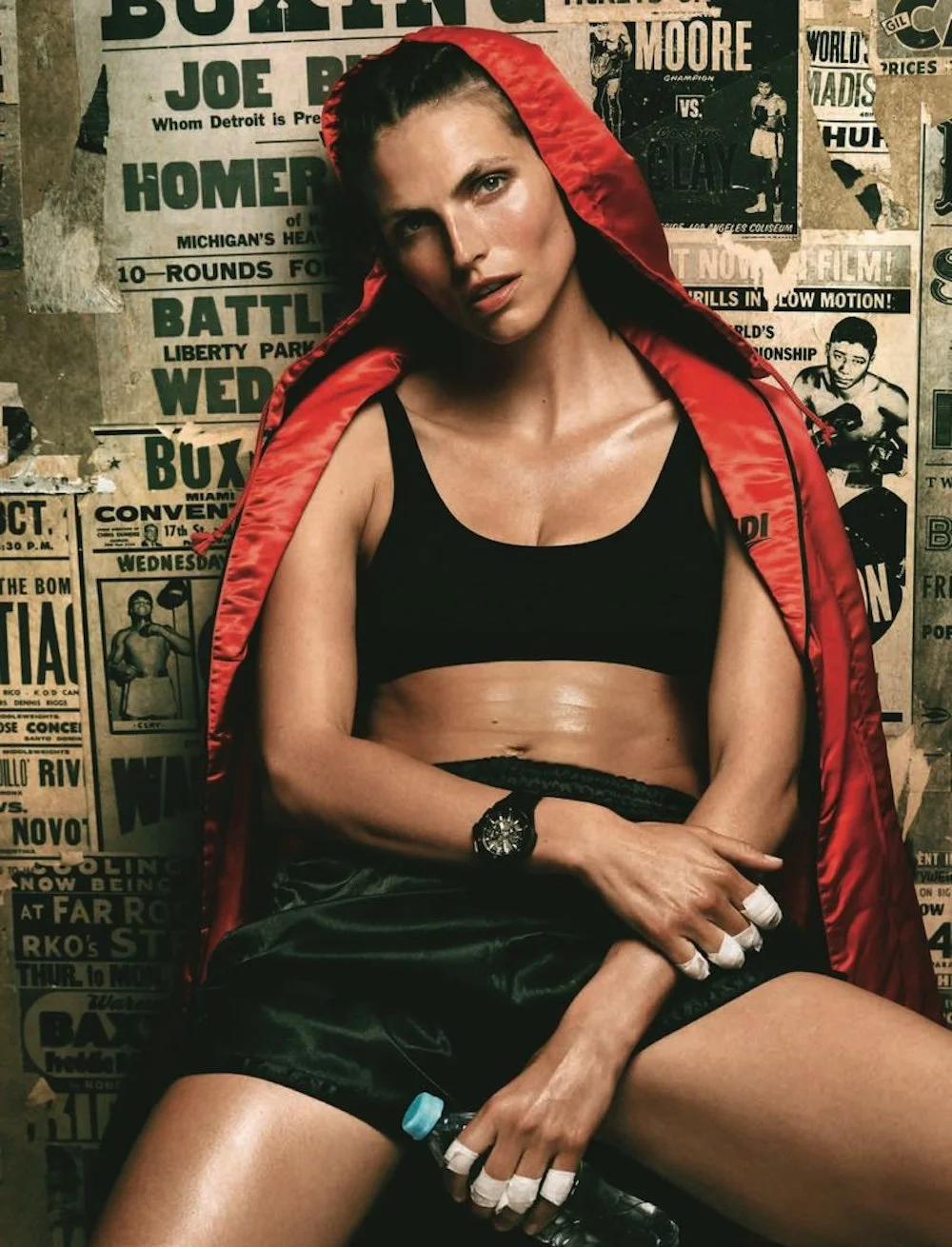What's Wrong With Our Bodies Anyway? Plus Model Magazine Asks
/
Plus Model Magazine’s January 2012 issue is causing a major stir with size 12 model Katya Zharkova lensed by Victoria Janashvili. Accompanying Katya’s images are bold statements about the growing disparity between downsized fashion models and increasingly overweight and obese American women — and many European women, too. Note that the article doesn’t mention the upsizing of real American women, who are vastly more overweight and obese than 20 years ago.
Our position on size 0 models is clear. As long as a size 0 model isn’t anorexic, we have no issue with a representation of size 0 models in fashion. We have a huge issue with the downsizing of the 90s supermodels who averaged a size 4, usually with visible muscles and a powerful physique.
The reality that a size 4 is often and a size 6 is always considered a plus size in fashion is crazy and frankly depressing, a big negative for women’s psyches. We hope to see a wide variety of BMI-healthy women in fashion because there is no doubt that we are impacted by the bodies we see featured in magazines, advertising and a host of media including television.

We continue to use BMI because it is the measure used by the global medical establishment and works in the aggregate. Exceptions to BMI, especially among more muscular women who work out and may register as overweight, don’t invalidate it. AOC also takes America’s obesity problem and lack of exercise very seriously.
The article Plus Size Bodies, What Is Wrong with Them Anyway? shares key statistics that are correct, to the best of our knowledge, but also one-sided.
- Twenty years ago the average fashion model weighed 8% less than the average woman. Today, she weighs 23% less. (Note, the stat ignores America’s unhealthy weight gain, suggesting that only models have gotten smaller.)
- Ten years ago plus-size models averaged between size 12 and 18. Today the need for size diversity within the plus-size modeling industry continues to be questioned. The majority of plus-size models on agency boards are between a size 6 and 14, while the customers continue to express their dissatisfaction.
- Most runway models meet the Body Mass Index physical criteria for Anorexia. (Note that anorexia is a serious psychological/physical medical condition. It is more accurate to say that today’s models are underweight on the BMI scale, and let the doctors categorize those models who suffer from anorexia.)
- 50% of (American) women wear a size 14 or larger, but most standard clothing outlets cater to sizes 14 or smaller.

It’s the last image that resonates the loudest with us: ‘What’s Wrong With Our Bodies Anyway?’ This is a question that the fashion industry, along with advertising and modeling agencies ignore and one we will reflect on again soon.
My own record of writing on this topic is very deep, but there is an aspect of the downsizing of models and rise of androgyny that I haven’t considered fully. Two readers challenged me recently on the role of feminism in the downsizing and comparative desexualizing of women models. One reader added the rise of hot male model posing as woman Andrej Pejic to the conversation as the ultimate insult, prompting the question under consideration.
‘What’s Wrong With Our Bodies Anyway?
I’ve become so exasperated defending feminism at every turn in the social conservatives war on women’s bodies that I was a bit incredulous over the idea that feminism itself is complicit in the downsizing of models. The growing influence of gay culture is potentially another factor, with its often obsessive emphasis on thinness.
The main argument against feminism is that in wanting to be perceived as more than sexualized objects of the male gaze and our ‘sex sells’ culture or baby-makers, we promoted a thinner, more masculine physique. I was never at that party or consciousness-raising group — and I was an active feminist, believe me. But these questions inspire a serious response on my part to feminists’ alleged role in promoting size 0 models without hips or breasts. This is a new question in 2012, a conversation to be continued with serious research on my part. Anne









